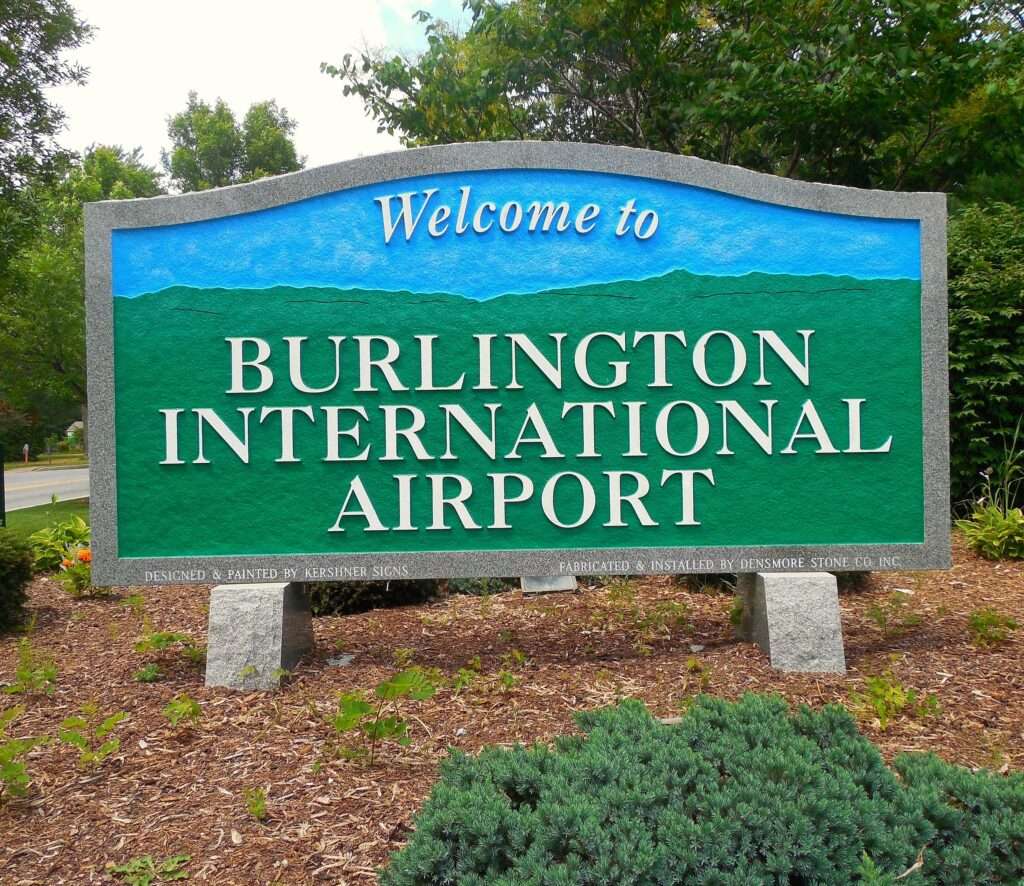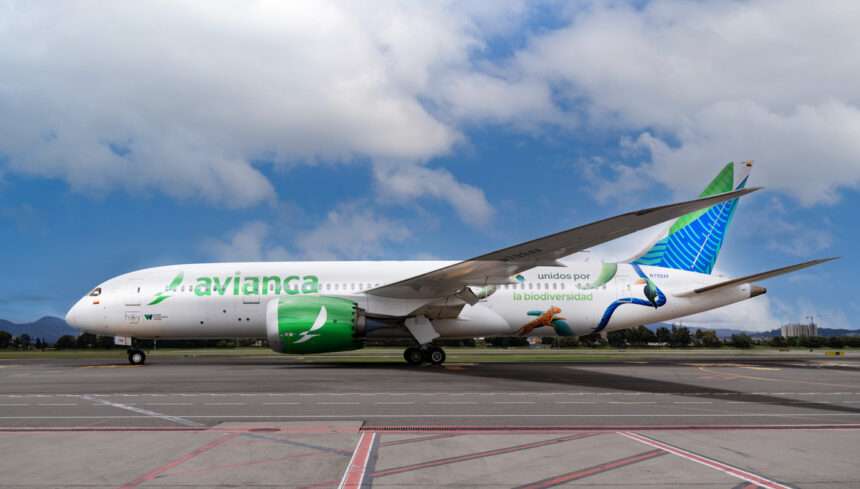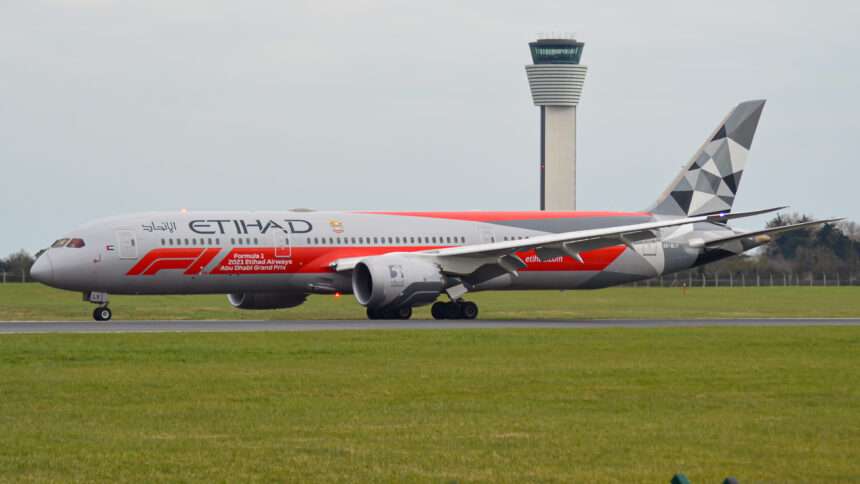Burlington International Airport (BTV), nestled between the majestic Green Mountains and the shimmering Lake Champlain, boasts a rich history intertwined with Vermont’s aviation spirit.
Its journey, spanning over a century, reflects the evolution of air travel itself, transforming from a humble landing strip to a vital transportation hub for northern New England.
Taking Flight: The Early Years (1920s-1960s)
The story of BTV begins in 1920.
A visionary committee, a precursor to the Lake Champlain Regional Chamber of Commerce, leased a 72-acre cornfield north of Williston Road.
Their vision?
To establish an airport for the burgeoning city of Burlington.
On a historic day, August 14, 1920, Captain Hubert Stanford Broad, a World War I veteran pilot, touched down in his Avro aircraft, marking the airport’s first official landing.
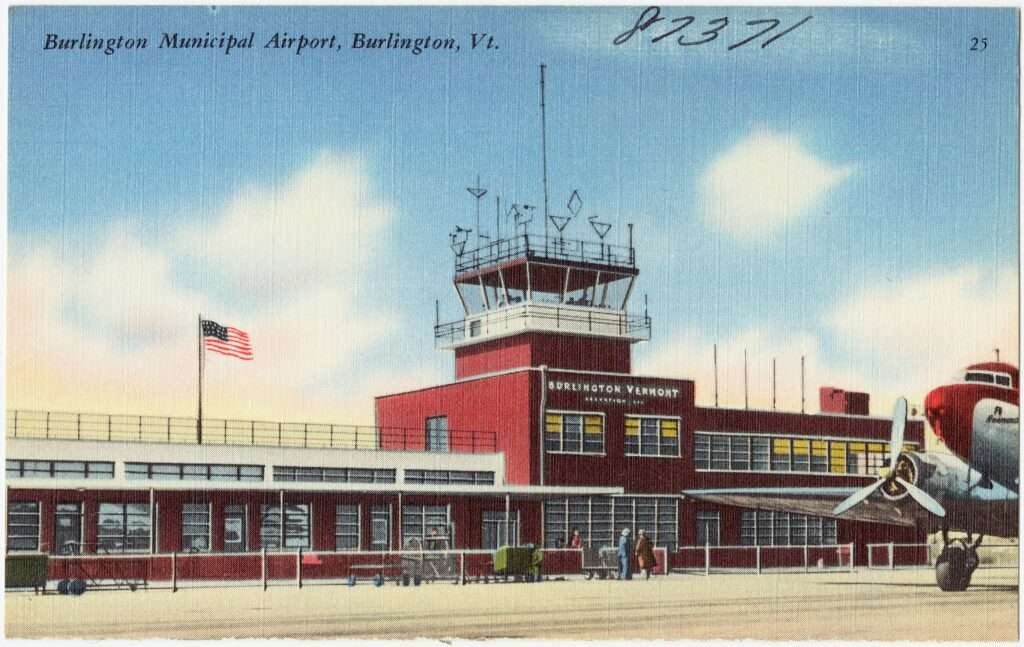
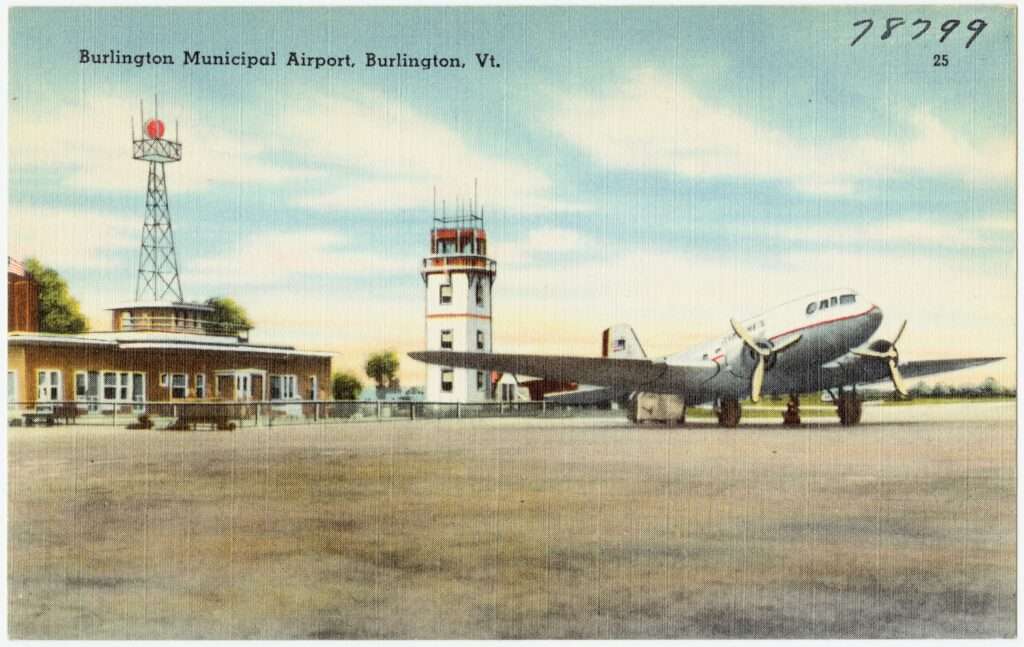
Furthermore, the early years were characterized by steady growth.
The fledgling airport, initially known as Burlington Municipal Airport, catered to propellor-driven aircraft and served as a local airfield.
In 1930, the state and city collaborated to expand the parking area, demonstrating their commitment to the airport’s development.
Furthermore, with the rise of commercial aviation after World War II, the need for a more sophisticated infrastructure became apparent.
The Jet Age Arrives: Expansion and Modernization (1970s-1990s)
The 1970s ushered in a new era for Burlington Municipal Airport.
In 1970, recognizing the limitations of a local airfield moniker, the Vermont-based airport officially adopted the name Burlington International Airport.
This signified its ambitions to cater to a wider range of destinations and airlines.
Furthermore, this strategic move coincided perfectly with the arrival of the jet age.
In 1971, voters in Burlington approved a bond to construct a modern 40,000-square-foot terminal, replacing the outdated facilities.
The arrival of Mohawk Airlines in 1970, offering the first jet service to Burlington, marked a defining moment.
Passengers could now enjoy faster and more comfortable travel options.
Furthermore, the 1980s witnessed further expansion and diversification.
People Express, the first no-frills airline, began operations at BTV in 1982, offering cost-effective travel options for budget-conscious flyers.
This period also saw the arrival of Walt Houghton.
He was a colorful character and pilot, who served as the airport manager from 1983 to 1986.
Houghton’s unique style, including commuting to work in his vintage 1941 N3N Biplane, “Yellow Bird,” further cemented BTV’s place in local lore.
Embracing the 21st Century: Growth and Sustainability (2000s-Present)
Furthermore, as the 21st century dawned, BTV continued its growth trajectory.
The increasing popularity of Vermont as a tourist destination, coupled with the growing demand for regional air travel, necessitated further development.
The airport authority embarked on several expansion projects.
This included the construction of a new concourse in 2005 and the expansion of the terminal building in 2010.

Furthermore, these improvements enhanced passenger experience by providing additional gate capacity, baggage handling facilities, and concession options.
Recognizing the growing importance of environmental sustainability, BTV has made significant strides in recent years.
The airport prioritizes energy efficiency initiatives, incorporates local and sustainable materials in construction projects, and actively promotes eco-friendly practices among airlines and concessionaires.
Furthermore, BTV’s commitment to environmental responsibility reflects Vermont’s deep-rooted environmental consciousness.
Today, Burlington International Airport stands as a vital gateway to Vermont and the surrounding region.
It serves over one million passengers annually, connecting them to major domestic destinations and offering seasonal international flights.
BTV boasts a reputation for exceptional customer service, scenic beauty, and a distinctly local feel, reflecting Vermont’s unique character.
Looking ahead, BTV’s future promises continued growth and modernization.
The airport authority is constantly exploring ways to enhance passenger experience, attract new airlines, and ensure the airport’s long-term sustainability.
In conclusion, as BTV navigates the ever-evolving aviation landscape, one thing remains certain: it will continue to serve as a vital link between Vermont and the world, fostering tourism, economic development, and a sense of connection for generations to come.

Click the banner to subscribe to our weekly newsleter.

Click the photo to join our WhatsApp channel so then you can stay up to date with everything going on in the aviation industry!





